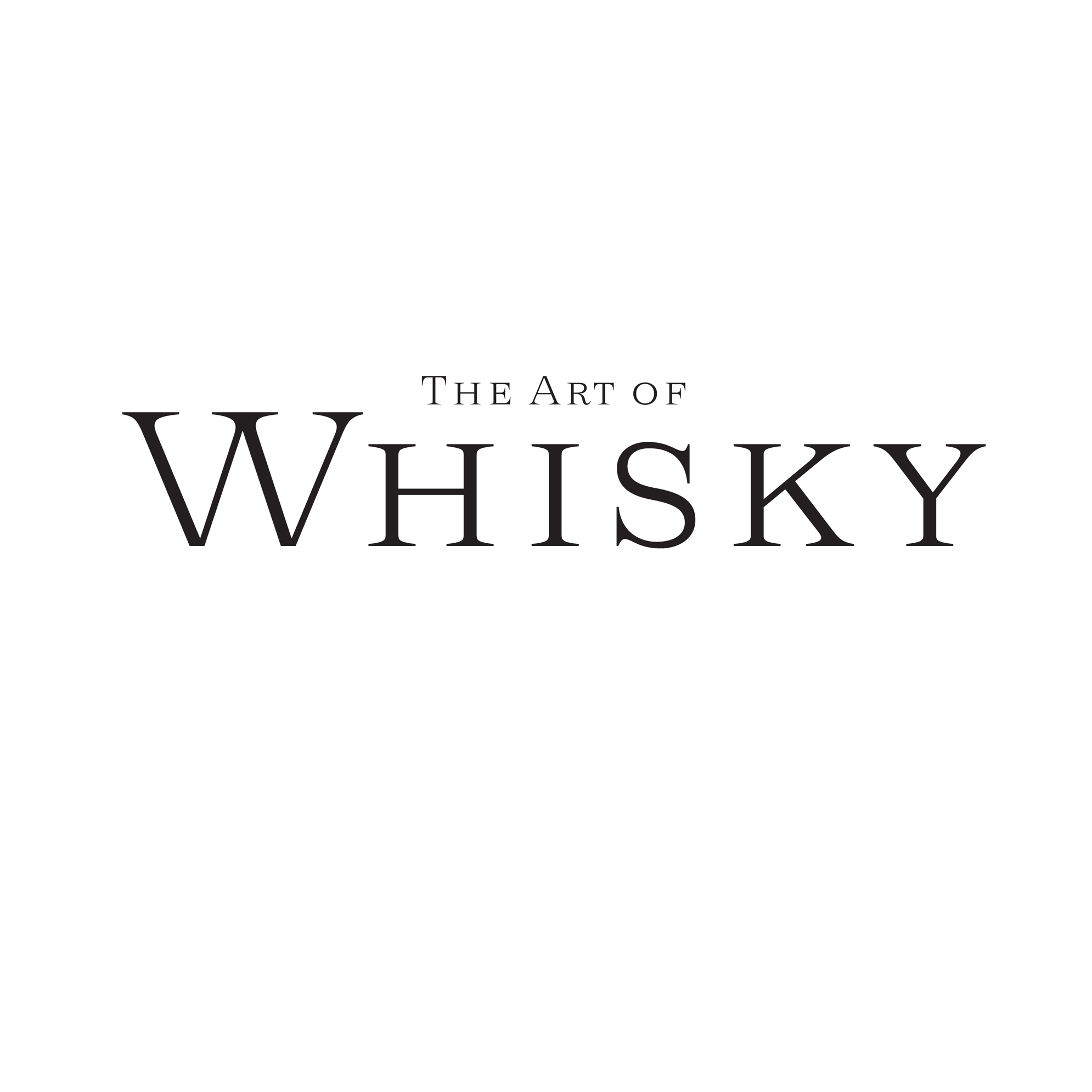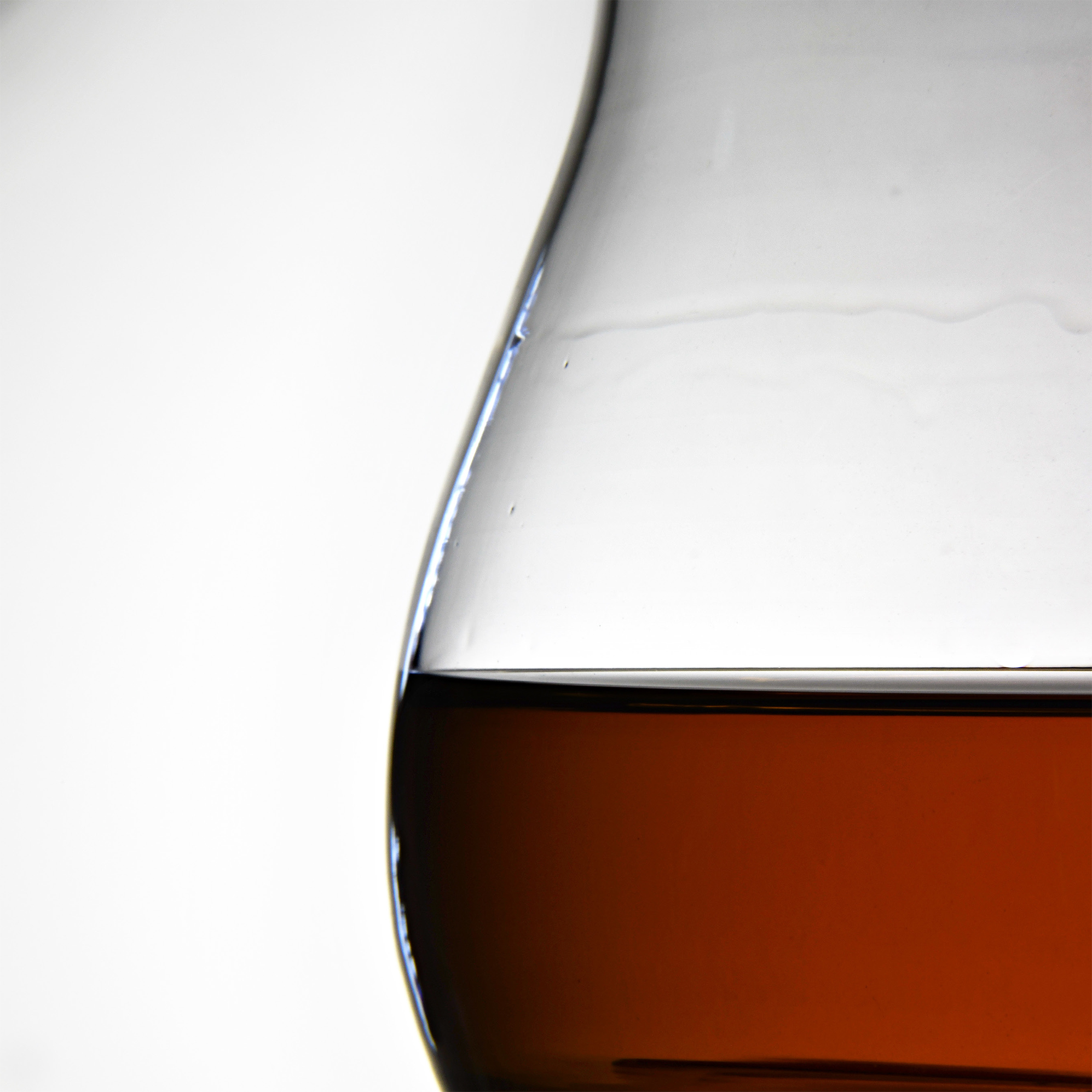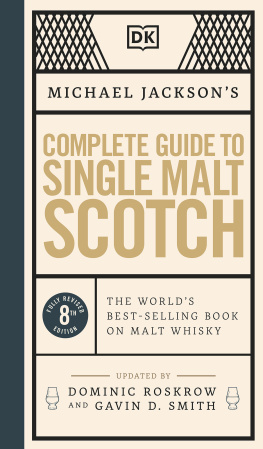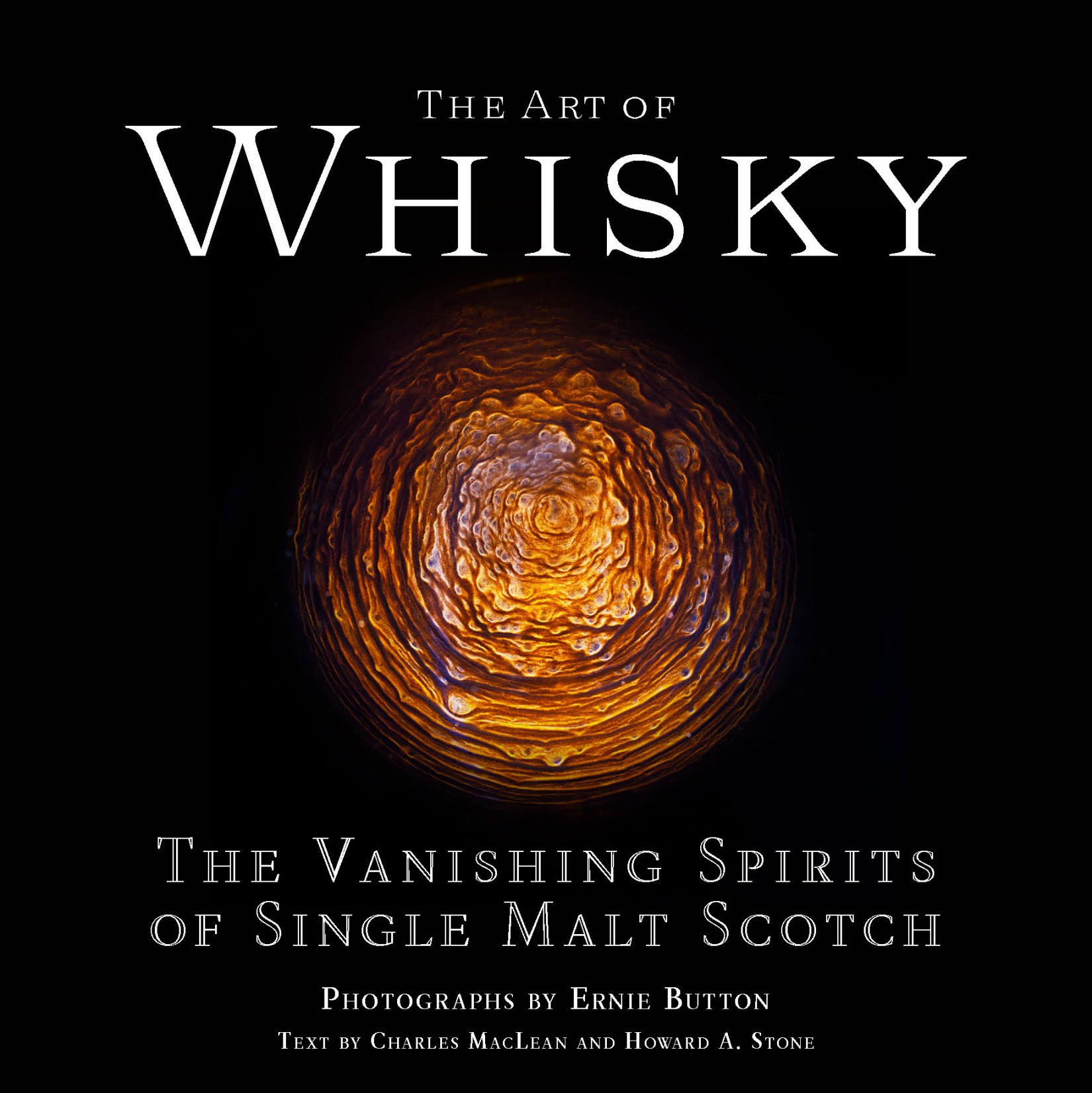

Copyright 2021 by Ernie Button. All rights reserved. No part of this book may be reproduced in any form without written permission from the publisher.
Library of Congress Cataloging-in-Publication Data available.
ISBN 978-1-7972-1529-7 (epub, mobi)
ISBN 978-1-7972-1382-8 (hardcover)
All photographs by Ernie Button except by Christopher Coates.
Design by Jon Glick.
Chronicle books and gifts are available at special quantity discounts to corporations, professional associations, literary programs, and other organizations. For details and discount information, please contact our premiums department at corporatesales@chroniclebooks.com or at 1-800-759-0190.
Chronicle Books LLC
680 Second Street
San Francisco, California 94107
www.chroniclebooks.com
Contents

On Whisky and Wonder
Charles MacLean
I T MAY COME AS A SURPRISE TO DISCOVER that the chemical compounds in mature whisky and other brown spirits which bestow flavor comprise less than 3% by volume of the contents of the bottleless than 1% by weightthe rest of the liquid being alcohol (principally ethyl alcohol) and water, both of which are comparatively odorless and tasteless.
Yet it is this tiny amount that distinguishes not only one whisky from another, but Scotch whisky from bourbon or Irish whiskey, and indeed whisk(e)y from brandy, rum, and other brown spirits.
If you think this is extraordinary, bear in mind that a very pure spirit like vodka contains only .03% by volume of such compounds, which is the reason why vodka has so much less flavor than whisky. Early in his photographic investigation of whisky residues, Ernie Button applied his technique to white spiritswith poor results.
Congeners
THESE SUBSTANCES ARE CALLED CONGENERS. They might simply be described as compounds you can smell and tasteremember that flavor is, by definition, a combination of smell, taste, and texture (called mouthfeel), although we tend to think of flavor as being synonymous with taste.
Here is a list of the principal chemical groups that lend aroma to whisk(e)y and the scents typically associated with them:
esters | pineapple, banana, apple, fruity, creamy, perfumed, acetone, coconut (oak lactone) |
|---|
aldehydes | leafy, green, unripe fruit, vanilla, cinnamon |
furfural | (an aldehyde) caramel, honey, nutty, malty |
phenols | medicinal, iodine, carbolic, smoky, cloves |
In the Journal of Applicable Chemistry (1969), J. H. Kahn reported that 226 compounds had been observed in mature whisky, organoleptically (by nose and taste) and analytically (by liquid-gas chromatography). Since then this figure has been increased to over 300.
The relevance of all this to Mr. Buttons astonishing photographs is, I believe, that it is these congeners that remain in the glass after the whisky has been drunk and has evaporated that create the beguiling imagery.
Alcohol congener analysis of blood and urine is commonly used by courts to provide an indication of the type of alcohol consumed by someone accused of drunk driving, or worse. It can play a crucial role in cases when the driver is apprehended some time after the incident and, on returning a positive alcohol reading, then claims that this was due to drinking alcohol only after the event.
The Wood Makes the Whisky
UNTIL THE 1980S IT WAS GENERALLY BELIEVED that it was the nature of the water used by any distillery that was the key influence upon the spirits character. In his major work, the leading authority on the science of distilling, J. A. Nettleton, devotes only three pages to the influence of wood maturation in a tome of 606 pages.
But the men who made the whisky knew better. They had a sayingThe wood makes the whiskyand this is universally acknowledged today, with some distillers even claiming that up to 85% of the flavor in mature whisky comes from the cask.
While I think this is something of an exaggeration, there is no doubt at all that the chemical compounds in the spirit are radically modified during maturationundesirable flavors are removed, desirable flavors (and color) leech from the wood itself, the capacity of oak to allows the spirit to breathe and interact with the surrounding atmosphereand this causes complex and beneficial chemical changes in the spirit, developing new congeners.
My mentor, the late Dr. Jim Swan, one of the leading sensory chemists of our time, described the metamorphosis of spirit into whisky through maturation as follows: Imagine the spirit to be a caterpillar. It fills the cask/becomes a chrysalis, then after a period of time emerges as a butterfly. A total transformation.
Ernie Button wrote to me: Wood is the magic ingredient that makes these patterns come alive, become more complex. I have mentioned that he applied his method to white spirits without success, probably because of their purity (i.e., their lack of congeners), and later to barrel-aged gin, tequila, rum, and vodka, but with only slightly better results.
J. A. Nettleton, The Manufacture of Whisky and Plain Spirit (Aberdeen: G. Cornwall & Sons, 1913).
Complexity
SCOTCH MALT WHISKY IS UNIVERSALLY ACKNOWLEDGED to be the most complex spirit in the world. This is developed by maturation in oak caskssince 1990 the casks must be made from oak, although this was always the wood of choiceand by the length of time the whisky has been left to mature. So important are these factors that they have been described as the fourth and fifth ingredients in malt whiskythe first three being simply malted barley, water, and yeast.
Scotlands cool, damp, climate allows for very long maturation. In warmer climatesKentucky, Taiwan, India, for examplematurity is achieved much more rapidly. Indeed, long maturation under such conditions can lead to the whisk(e)y being spoiled, dominated by flavors arising from the wood. Some distillers claim, with some justification, that one years maturation under such conditions is equal to four years in Scotland: MacDowells Distillery in Goa, India, released an edition labeled 12. In tiny letters under the age statement was seasons!
In 1994, F. Paul Pacultrecently described by Forbes magazine as Americas foremost spirits authoritywas asked by Glenmorangie Distillery to comment on the flavor development of their product over time. He wrote:
The new spirit, straight from the still, is ethereal and quite estery. The top notes are fruity apple, with a hint of lemon. After 10 years maturation there is a tremendous difference in fragrance character. The apple notes are still present, but behind them a totally different accord: a soft rose nuance in conjunction with a warm spice effect, giving a warmth the new spirit does not have. A honey, liquorice note is beginning to emerge
And the 18 Year Old? A blackcurrant note has now become identifiable. The sweetness is more noticeable: chocolatey in character. To support and enhance the bouquet, a tobacco-leaf nuance can be detected.*














